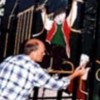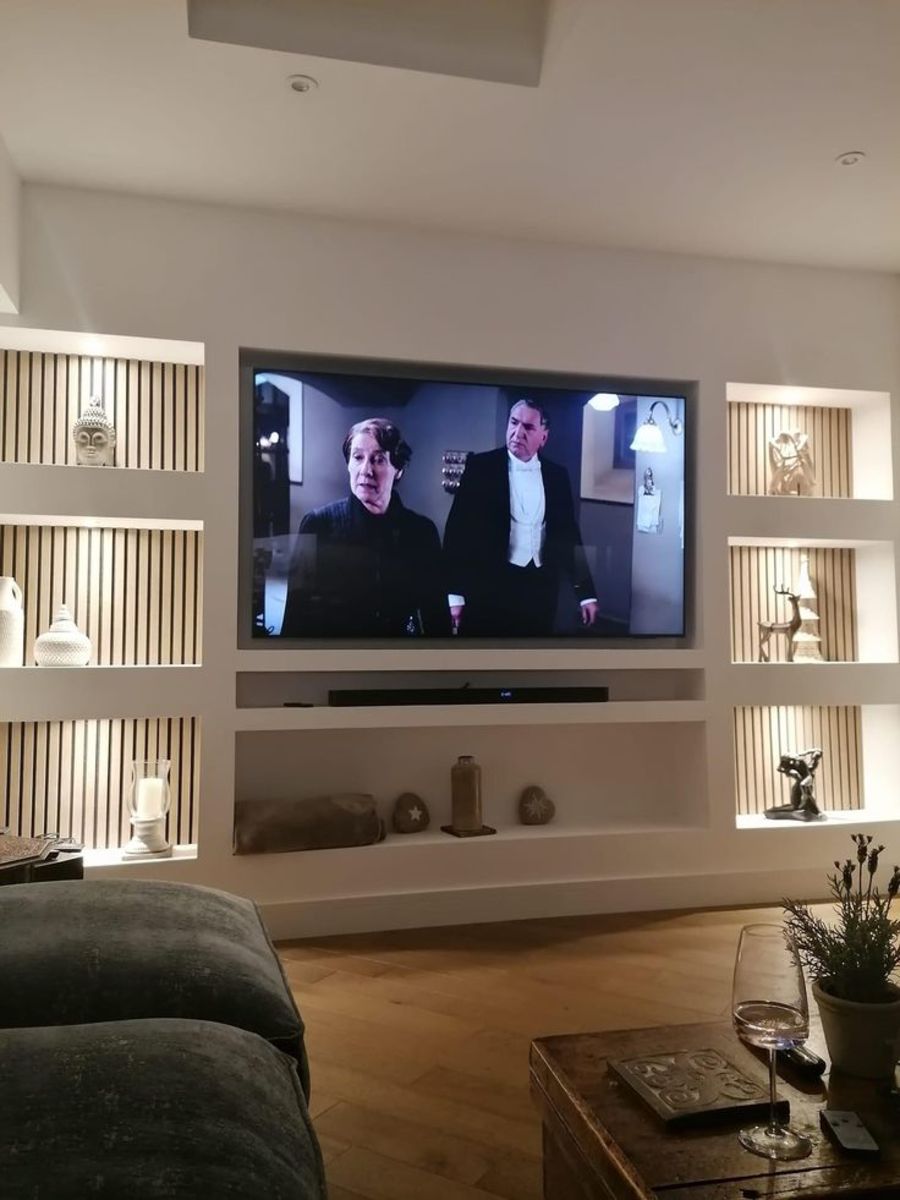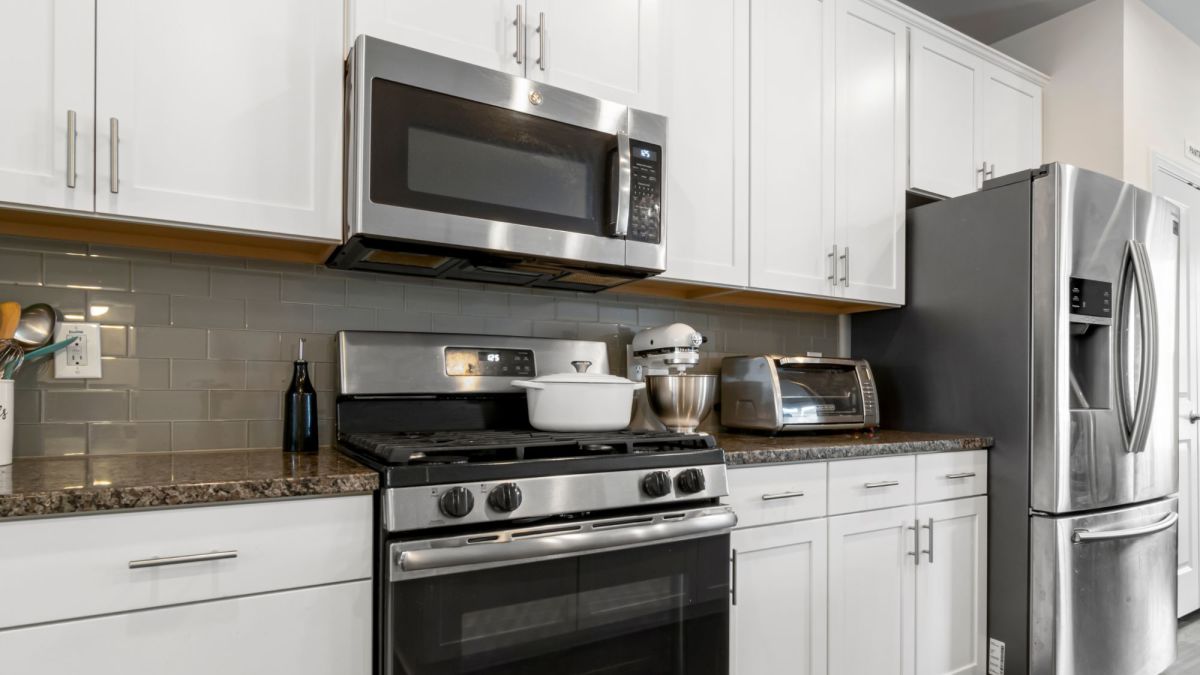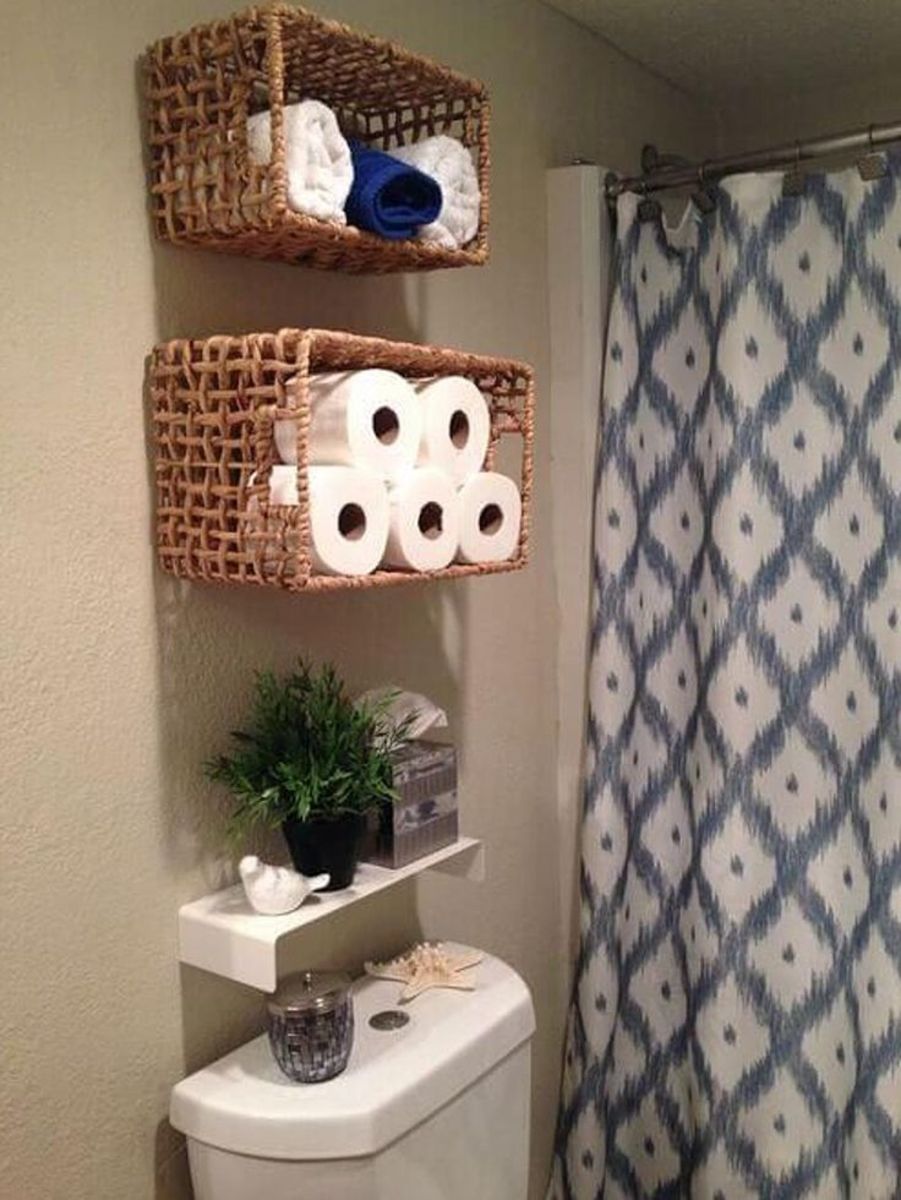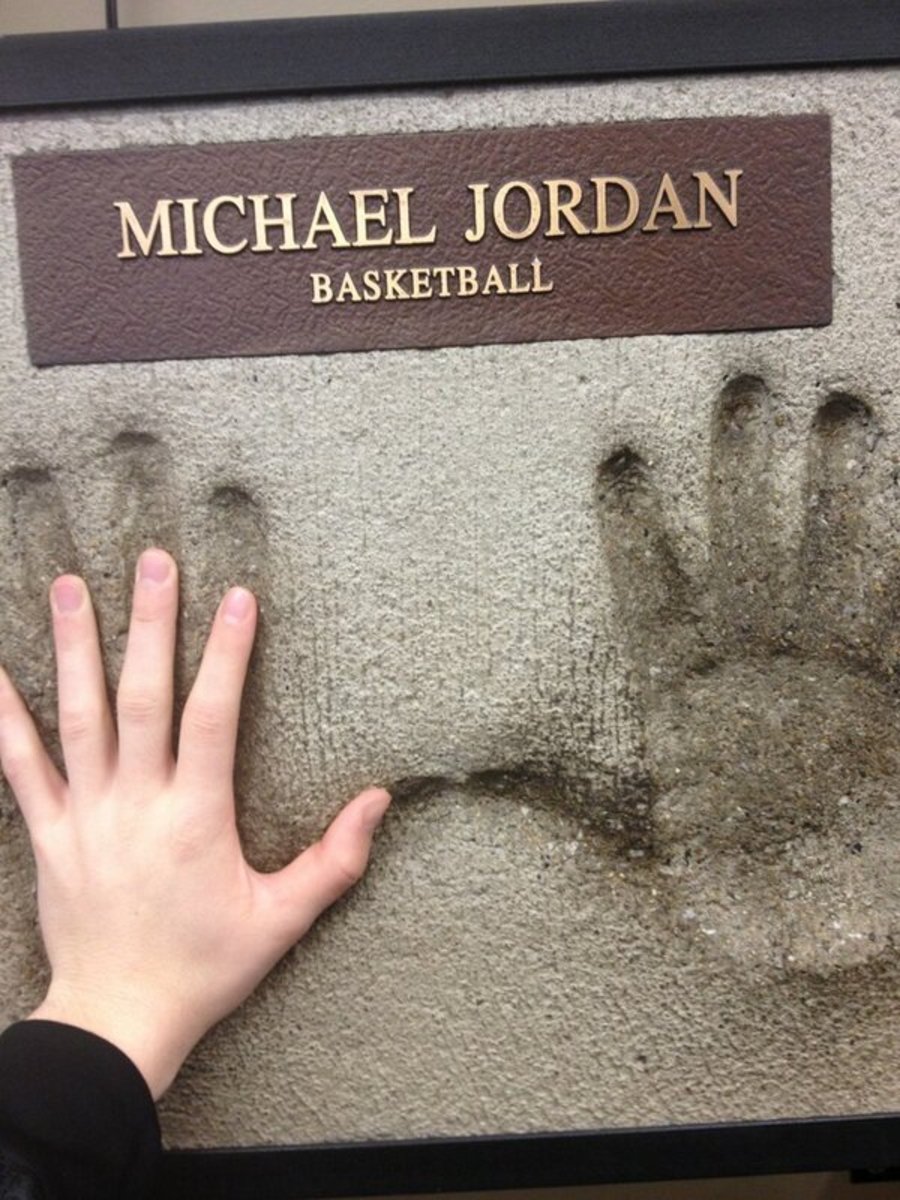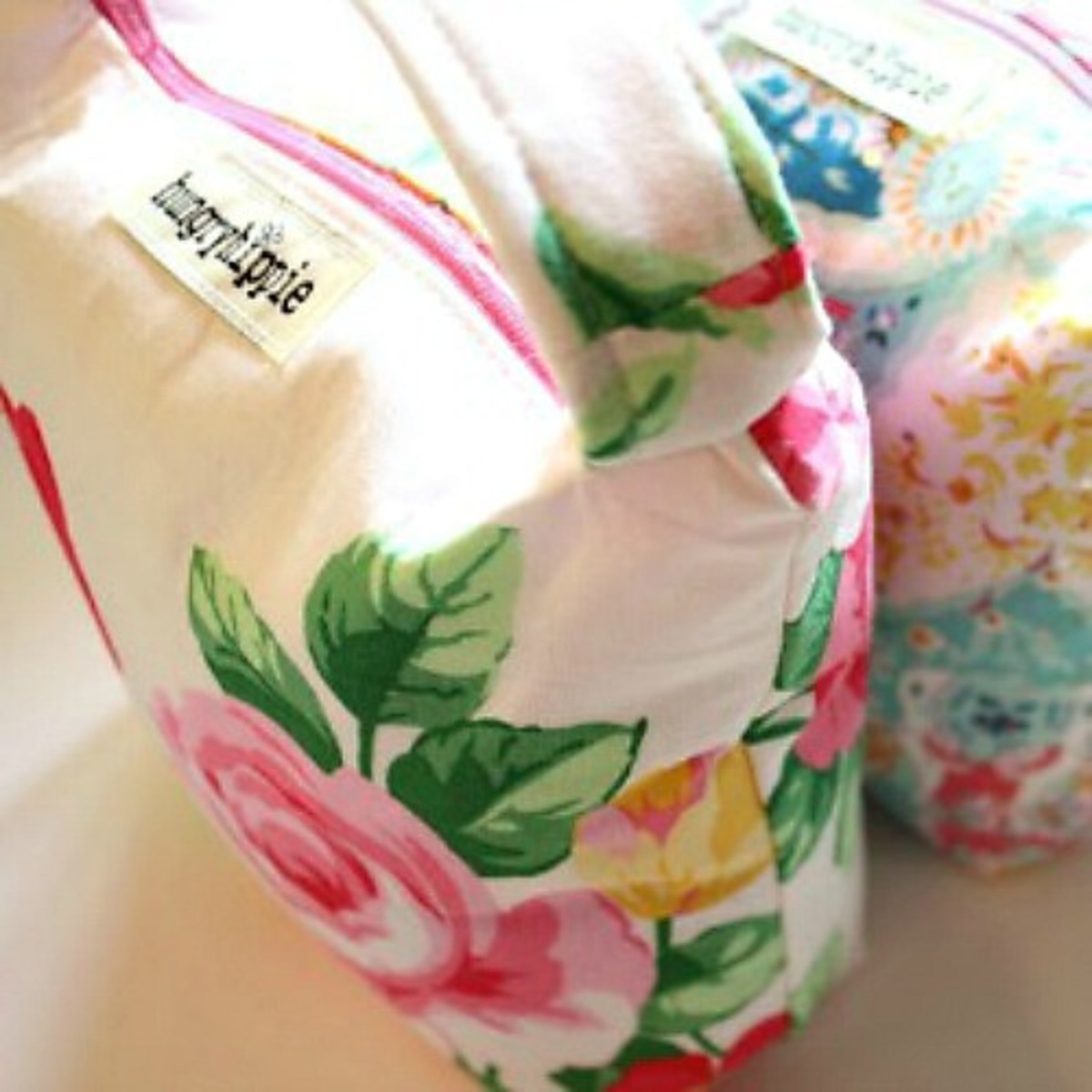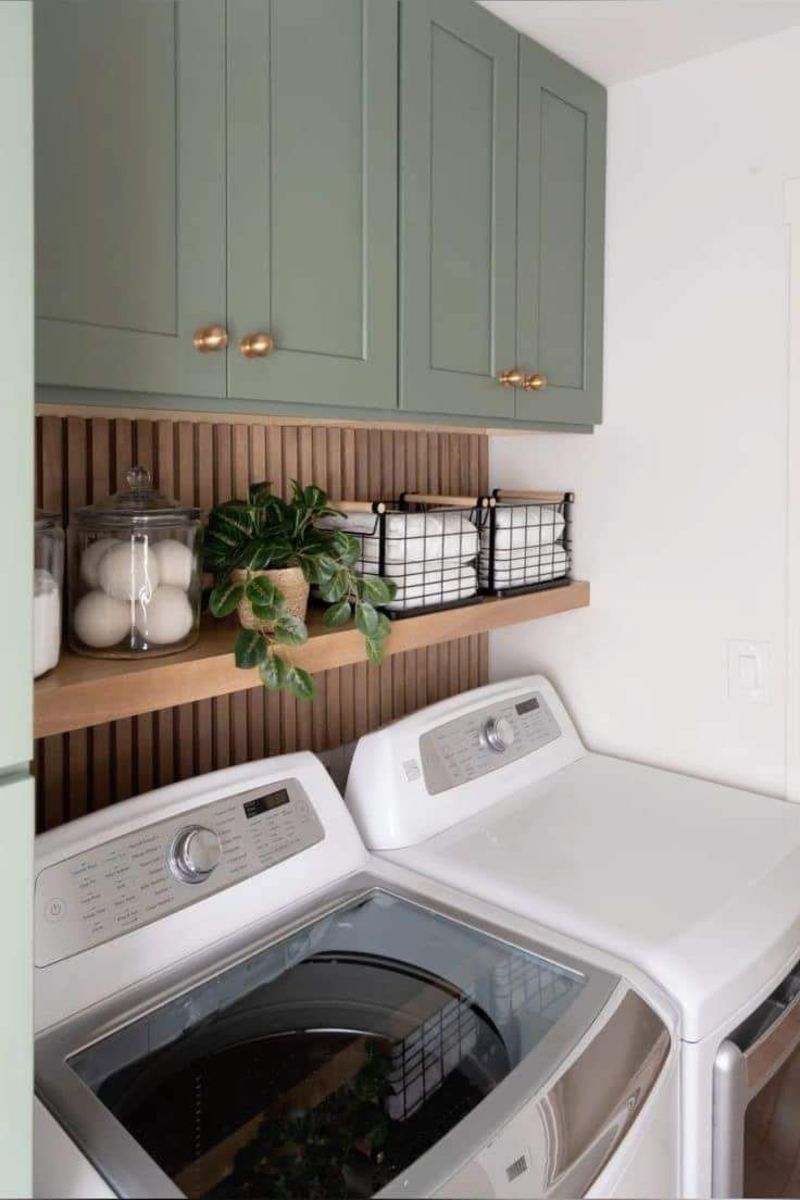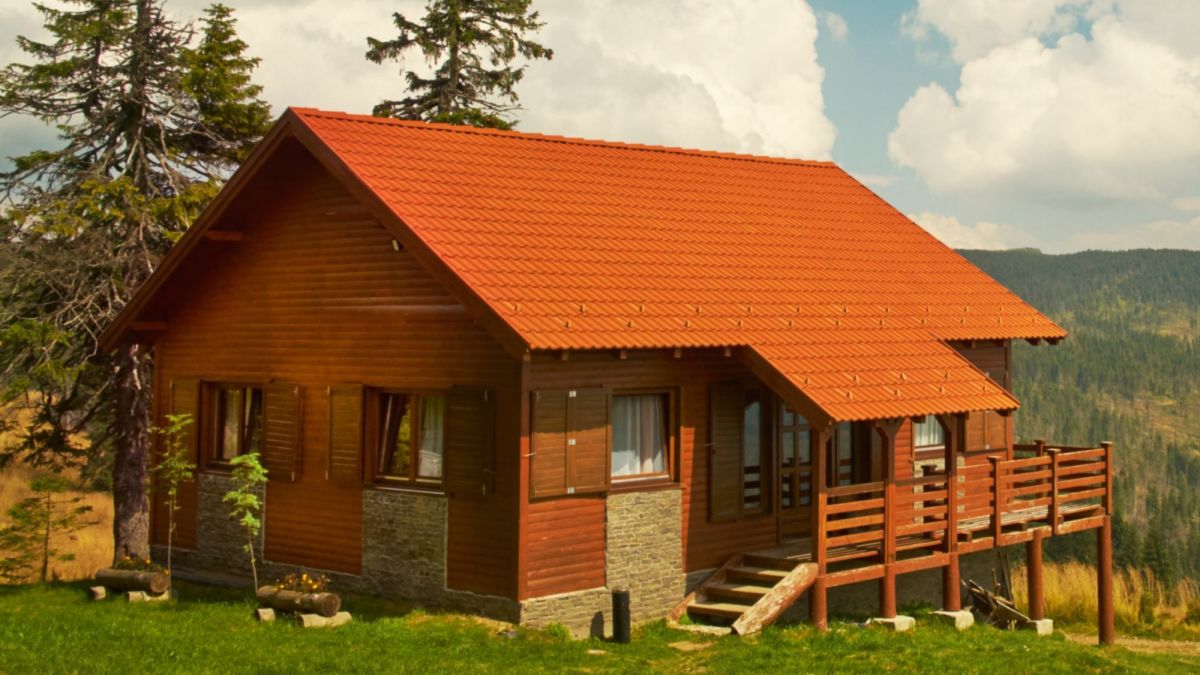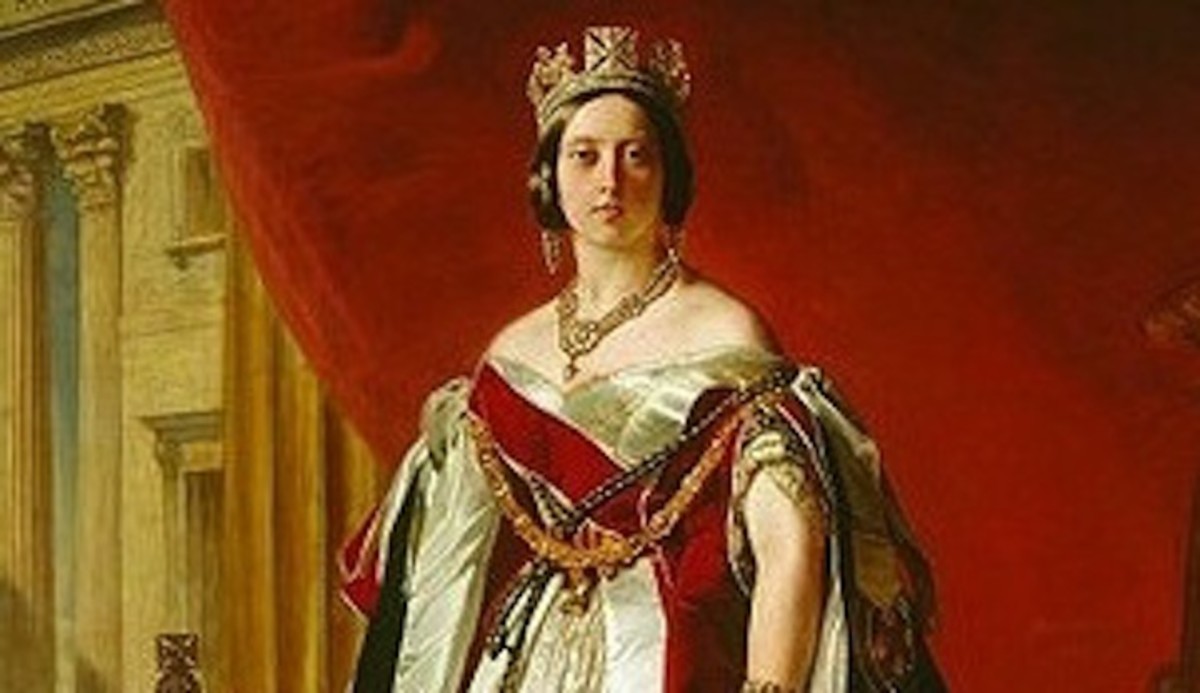How to Hang Art in Your Home
The BASICS- How to get art onto the wall
.
The basics
Your home is an expression of who you are, and your walls are your own personal gallery space. They should reflect your interests, your personality and your memories –
in other words, they should reflect YOU. Don’t get hung up on “Does this go together?” Most likely, if you like A, and you like B, then A will go with B, even if it is in an abstract way. I have a tee shirt that says, “Good Art Won’t Match the Sofa.” Words to live by.
(For reasons of clarity, I have to make a few assumptions in this first section-)
• that we are hanging framed work
• we are hanging a single piece of art rather than a grouping now
• the work is complete with a wire or hanging bracket)
• you know which end of the hammer to use
TIP: The first tip I will offer is to always hang your art at 57" on center. "On center" means that the middle point of the picture is at 57 inches, or the average eye-level. If you use this one magic measurement, all your artwork will create a cohesive display in relation to each other. This will also solve the problem many people have, which is that they hang their pictures too high.
Things you'll need: the artwork, tape measure, pencil, hammer, hook or nail, and later, a 1-foot ruler
Step By Step instructions:
Don't be scared off by the math- it's simple division, subtraction and addition. And you can usually round off the measurements to within 1/2 inch. Close enough is good enough.
1. Measure the total height of of the BACK of your picture frame, take that height and divide by 2 to get the “half height” of your painting. Write this number down because you WILL forget it.
2. Hook the tip of your tape measure under the wire or bracket at the center and pull up to the top of the frame (as if you were trying to hang the picture from your tape measure) Measure from the wire to the top of your picture frame. Write this number down below the half-height number.
3. Subtract the second measurement from the first number (the half height) and write down the resulting answer to this subtraction problem.
TIP: I usually write THIS number right on the back of the painting so I don't have to re-measure when I move it to a new location
4. To mark the wall for the hook- Add this number (from the back of the painting) to the magic “57 inches”, measure up from the floor, and lightly mark this height on the wall in pencil, (NEVER use ballpoint ink or marker- they are impossible to cover up with paint, as they will bleed thru multiple coats) I’ve been known to use a thumb smudge to make a mark when nobody is looking.
5. Install your hanging hook at this spot, and be glad you paid attention in math class!
Practical Example:
• Say your “Elvis on Velvet” is 36 inches tall, which makes the painting’s “half
height” equal 18 inches
• Pulling the wire in the middle, it measures 4" from the top (too loose, but ok for
now.) So 18 minus 4 equals 14 (as written on the back of the painting)
• Adding 14 to that magic 57 equals a hook height of 71 inches from the floor.
This may seem complicated to read, but it is really quite simple when you do it. Thank you. Thank you very much.
A TWIST_ For wide paintings, using two picture hooks instead of one will help prevent the pictures from rocking and tipping, except during the wildest of parties.
TIP: For 36-inch, or wider, paintings, measure for two hooks.Now you will use that 12 inch ruler.
Follow the same proceedures, 1, 2 and 3, as before until you get ready to write the number on the back of the painting. Now subtract 1 inch. (If, as in the Practical Example, the number is 14, subtract that inch to make it 13. What this is doing is adjusting for the wire being straight across between the 2 hooks.)
4. Measure and mark the wall, (57 + 13 = 70 inches) After pencilling (or thumbing) your dot on the wall, however, place the ruler on the wall horizontally level so the dot is at the 6-inch mark. Eye the ruler to make it level and now make a dot at each end of the ruler. Results should be 3 dots in a straight line, 6 inches apart. Set a hanging hook at each of the outer dots and run the picture wire over both hooks when installing the painting on the wall.
Installing GROUPINGS
Plan Your Layout
Grouping
several works together can enrich any space. Think of the
arrangement itself as one large picture. The most effective groupings
are
large oblong shapes. Scale the size of the grouping to fit into the
space you are covering. The shape does not have to be a true rectangle.
It’s better to achieve the right balance between your wall space,
furniture pieces and the frames you want to display. Larger frames can
stand alone, but smaller frames should be grouped together for greater
visual impact.
A grouping over a piece of furniture should not extend wider than that
furniture piece. That way the combination of art and furniture will
become a grouping.
TIP: leave about 1 foot of space to the
edge on each side over a wide sofa, eight inches on each side of a
narrower sideboard, dresser or such. Just a suggestion.
The
simplest way to design a grouping is on the floor, so lay your artwork
out on the floor first, in the same size space as you have on the wall.
Place a few pieces of tape on the floor to mark the width and height of
the space you plan to fill. This gives you the chance to arrange and
re-arrange them without making a gazillion holes in your walls.
Often,
not all your pictures will fit into this space. Choose the pieces you
want to use. For visual interest, use frames of varying shapes and
sizes, and hang both vertical and horizontal frames.
TIP: Each
picture will have its own “image direction”- the “action” will go to
the left, to the right or be straight on. You want all the action to
lead back INTO the grouping. Avoid placing a portrait where the person
is looking off into the sidewall, or the country lane runs you out to
the window.
So with "direction" in mind, first determine which
pieces should go on which side of the group. Once sorted
left-right-middle, the simplest way to start is to select a larger
central image first.
Next arrange the pieces out to the left and right, along the top, and along the bottom.
TIP: Keep the spaces BETWEEN the paintings all the same, side to side and top to bottom, for a neat, uniform look.
A 3-inch space is a good gap to start experimenting with.
Change the pieces around. Check the overall “balance” of the layout.
Remember
the playground see-saw? It took two or three small kids to balance out
the big bully (and he always jumped off when you were way high, but
that’s a story for the therapist) Same thing applies to groupings. The
balance thing, not the therapy. Counter-balance a large picture with
several small pieces. Make sure you balance the heavier and lighter
pieces, and spread color throughout the grouping.
I usually avoid making an even, 1, 2, 3, 2, 1 symmetry. It’s b-o-r-i-n-g! Go for a dynamic grouping.
TIP: Keep the spaces BETWEEN the paintings all the same, side to side and top to bottom, for a neat, uniform look. A 3-inch space is a good gap to start experimenting with.
Step
back and look at the arrangement. How do the frames look next to each
other? Do the colors clash? Re-arrange until you feel the group is
visually balanced. Make a quick sketch of the layout before you move
the pieces because you WILL forget where they go.
Once you have your
arrangement drawing, start by hanging the middle picture and get it at
the 57inch on-center height using the method already described. Then
surround it with the rest of the group. Now hang ‘em up!
The 57 inch height still applies when installing groups of pictures. Just keep thinking of the entire group as ONE picture.
You
will be happy to find out that there is an easy shortcut for hanging
the smaller companion pieces in the group. After that first painting is
hung, hold the next picture in position on the wall and make a tiny pencil dot on the wall at the top-center of the frame.
Measure up how far the wire, or bracket, is from the frame top and
place your hook on the wall that same distance below your tiny
dot. Rinse, repeat.
Hanging on a stairway wall? To hang your frames following the upward angle
of
a staircase, again, use a larger framed piece as an anchor, then
balance it with smaller frames. Hang the pieces at varying heights, but
be sure spacing between the frames is equal to create a balanced look. Keep in mind the places and heights that people might bump or sholder the wall as thet travel the stairs and avoid them if possible
MISCELLANEOUS THOUGHTS
•
Many people believe you need to locate a stud in the wall to hang a
picture, but that is not so. Picture hooks are meant to carry
the weight of a picture and frame. As long as you separate two hooks on
the wall to distribute the weight of larger paintings, hanging hooks
should be fine.
Materials and stuff you’ll find useful: tape measure, pencil, hammer, picture hooks or nails(for small pictures), level or eye
• To keep your artwork hanging level, take small pieces of mounting putty and
place them under the corners of the picture between the picture and the wall.
You should never have to straighten the picture again. (Mounting putty can be
purchased at your local hardware store.)
• So often, paintings are wired incorrectly. The artwork then leans out away from the wall at a steep angle, or is in real danger of falling to the floor.
Steps for wiring a painting for hanging:
- Measure the back height of the frame, and divide by 3. Round the number off to within ½ inch- this isn’t rocket science here.
- Measure down from the top that 1/3 rounded length.
- Insert an eye screw on one side of the frame (do I need to say "on the back"?), at that point. Predrill a starter hole if frame wood is tough.
- Repeat for an eyelet on the other side.
- You can tighten each eyelet by placing a small screwdriver blade or nail through the eye for leverage and turning it until it is tight.
- Cut a length of picture-hanging wire 6 to 7 inches longer than the distance between the eyelets.
- Start
the wire up through each eye screw, leaving a 3-inch, or so, tag end
sticking out each side. Fold the wire over to keep it in place- the wire should be STRAIGHT ACROSS between the eyelets, not in a "^" vee.
- Wrap one tag end once around the wire, and back down through the eyelet.
- Twist that tag end FIVE times around the wire, keeping close to the eyelet, and finish wrapping the tag a few times along the wire to use it up.
- At
the other eyelet, pull the wire through the eyelet snuggly so it
straight across the painting. It does not need to 'twang' like a guitar
string, just snug.
- Again, repeat the wrap of the tag end once around the wire, pushing it back through the eyelet.
- Complete the wrapping with FIVE tight, close turns and then loosely along the wire to use up what’s left.
The resulting wrapping method should “give” only about 1 to 2 inches at the center. The more slack there is in the wire, the farther the painting will lean out from the wall when hung.
Art is the one hang-up we all can enjoy
George Lucas is an artist and theatre set designer in the
Washington, DC area, and has more than 40 years creating and installing
artwork in homes and galleries.
www.georgeLucasArt
